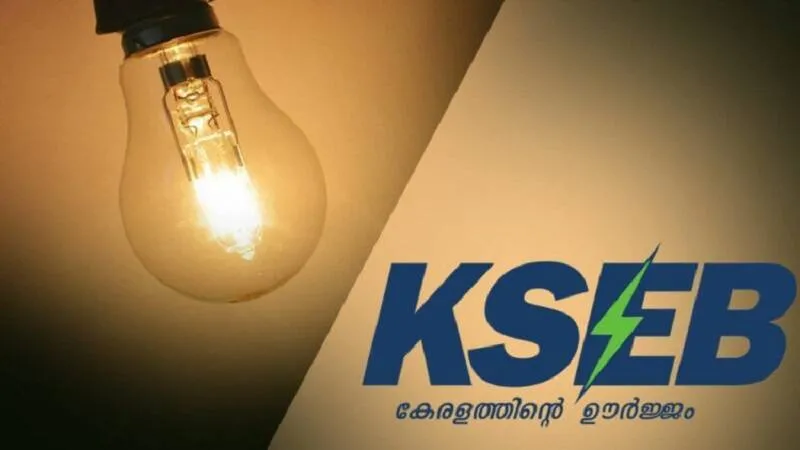

THIRUVANANTHAPURAM: The Kerala government might reconsider its plan to hike electricity tariffs by 12 paise next year, amidst concerns over public backlash due to its annual tariff increases. On Friday, the State Electricity Regulatory Commission had announced a 16 paise per unit hike for this year, along with the proposed hike for next year. Fixed charges were also increased. The government's reputation for increasing electricity tariffs annually has sparked criticism. This is the third time that the second Pinarayi government has hiked electricity tariffs since it came to power in 2021.
Electricity Minister K Krishnankutty said that efforts would be made to avoid next year’s tariff hike and that a reduction of 10 paise per unit in daytime rates would be implemented starting this month.
Kerala relies heavily on external power sources, with a whopping 70 per cent of its electricity being purchased from outside. Due to the decline in its own power generation, KSEB is facing significant losses as it is forced to purchase electricity from outside at exorbitant rates. The government is calculating that the rate hike can be avoided if the electricity deficit is covered.
Steps to cover deficit; rate hike can be avoided
1. The annual electricity deficit ranges between 500 to 1200 megawatts. Increasing solar power production could provide 500 megawatts, but it cannot be stored for nighttime use. Last month, the central government sanctioned a viability gap fund (VGF) of Rs 135 crore to KSEB for establishing battery energy storage system (BESS) projects. It has been decided to establish a battery storage facility with a capacity of 500 megawatts using this amount.
2. By utilizing coal allotments, thermal plants will be set up outside the state to generate an additional 500 megawatts. Electricity will be secured at lower rates through new contracts. The government has instructed KSEB to address the shortfall through these measures.
Solar gaining popularity
Loss suffered by KSEB in last 10 years
2023-24....................1370.90 crore
2022-23....................1023.62 crore
2021-22......................736.27 crore (profit)
2020-21....................1803.74 crore
2019-20......................290.08 crore
2018-19......................269.55 crore
2017-18......................784.09 crore
2016-17....................1494.63 crore
2015-16....................1272.90 crore
2014-15......................313.29 crore
2013-14....................2425.29 crore